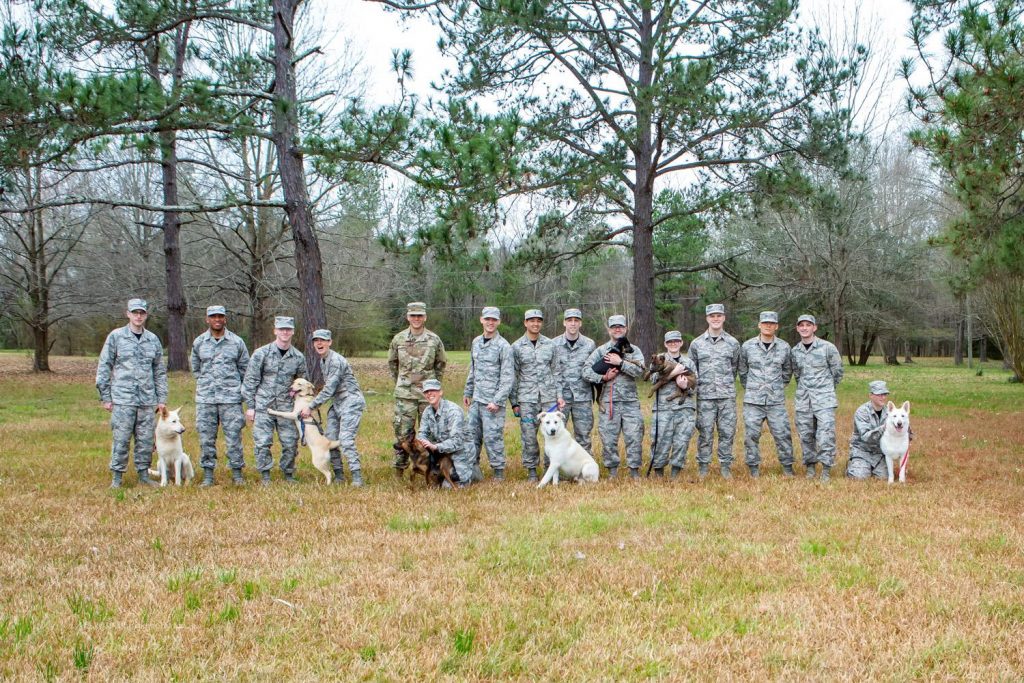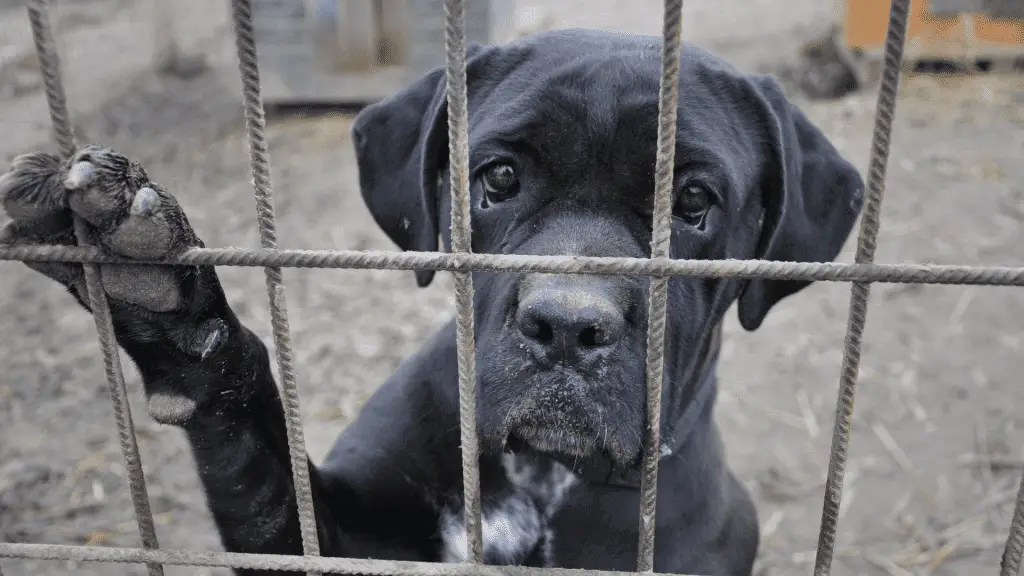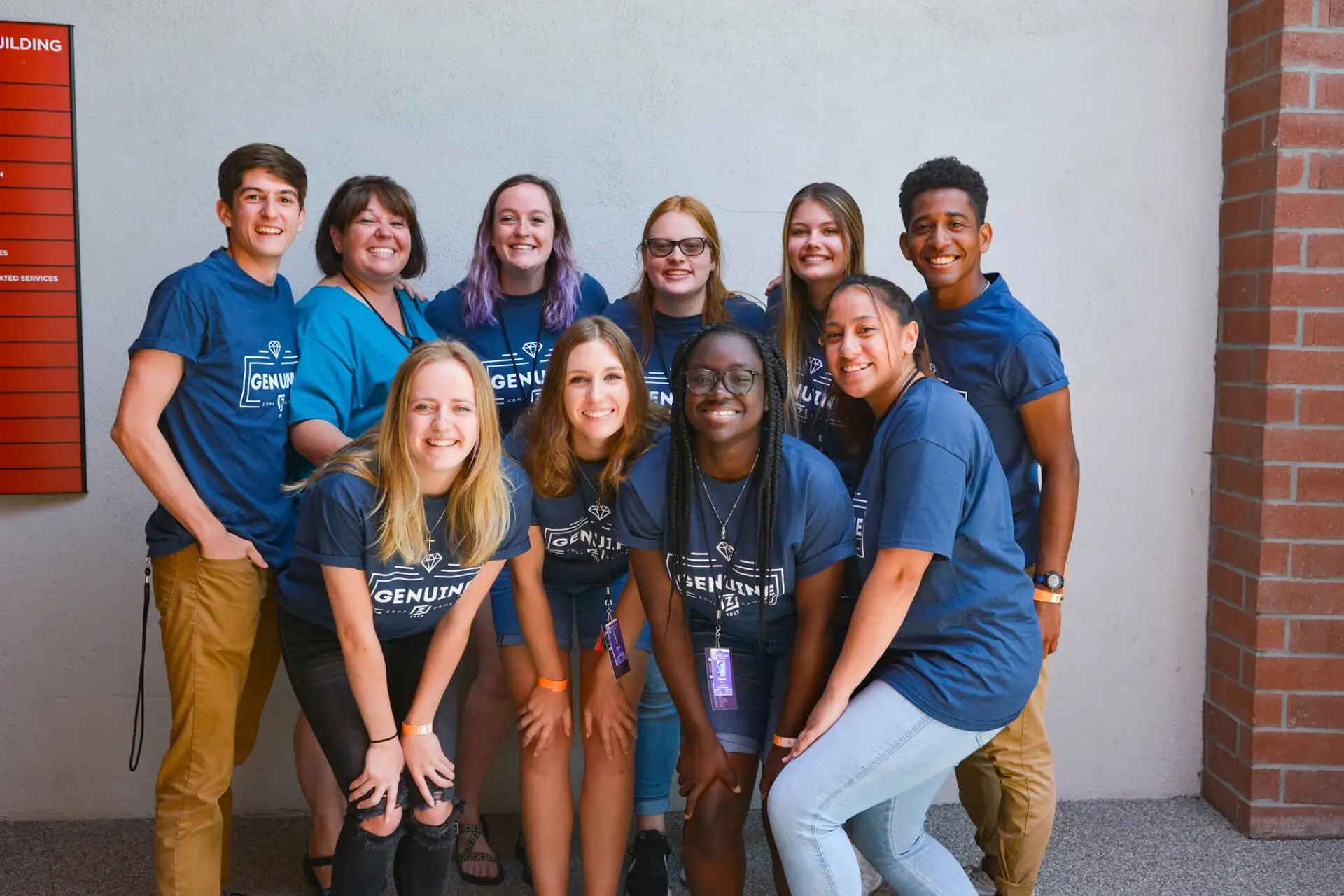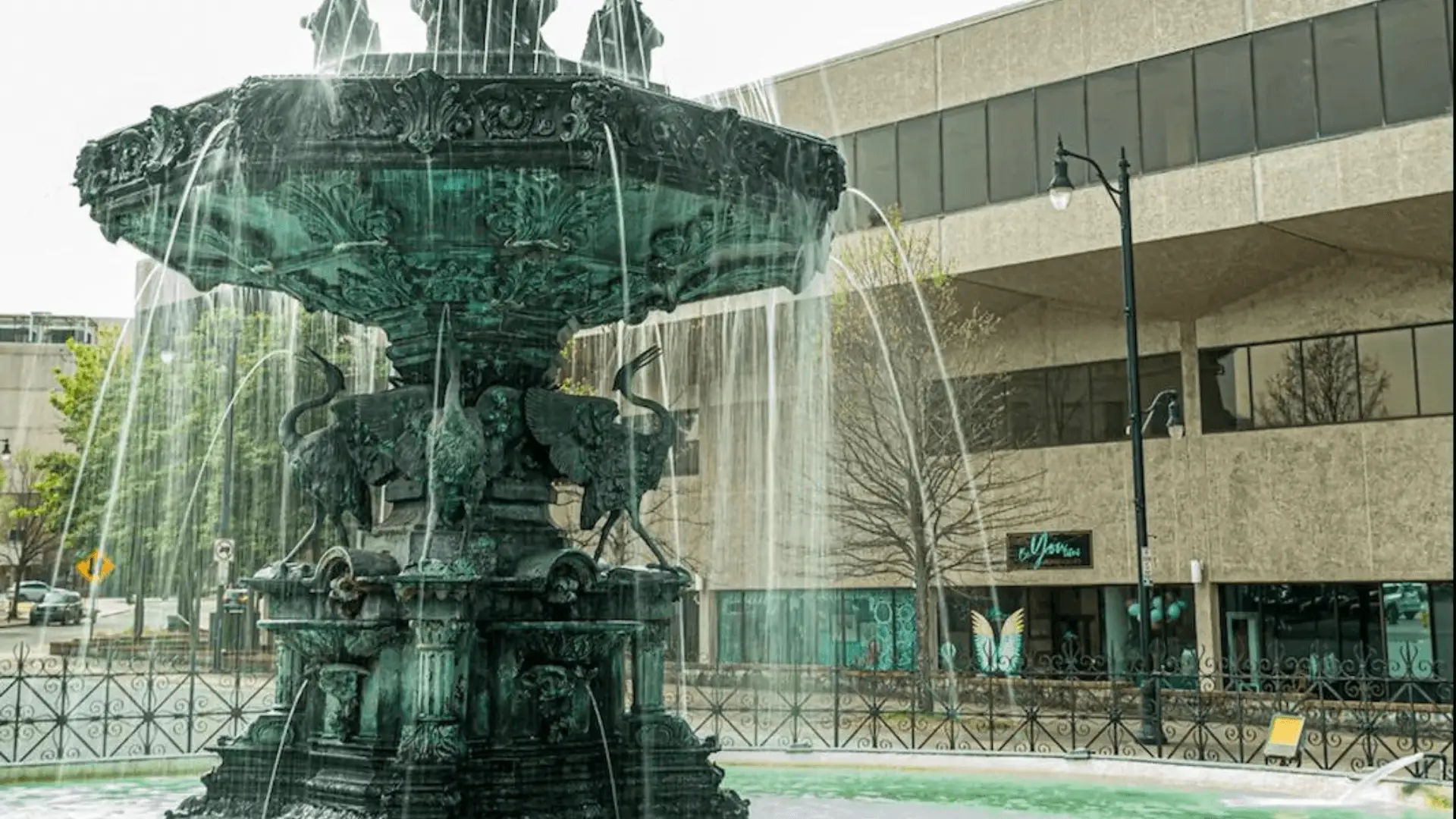I wrote in a previous article that animal rescue is like emptying the ocean with a teaspoon. Now that I am slightly more involved in the animal rescue world, I would like to add that there’s also a monsoon happening… and everyone is mad at you for not using a soup ladle instead of a teaspoon, not knowing that a soup ladle wasn’t even an option.
You’re also boatless and drowning in the ocean yourself, and everyone you usually go to for help is also drowning, clutching their teaspoons as their heads slowly disappear below the surface (and they leave animal rescue work altogether because they just can’t emotionally/mentally handle it anymore).
It’s an intense metaphor, but if you talk to anyone in animal rescue, I’m sure they feel much the same. We’re drowning in unwanted pets and susceptible to in-fighting, compassion fatigue, financial strain, emotional breakdowns, and so much more.
Animal rescues have many goals and desires.
Most want to save as many animals as they can. Some have hearts for specific breeds, especially those that have a harder time finding homes (bully breeds, shepherds, high-energy herders, etc). Some specialize in senior care or special medical cases. A few have sprawling facilities where the dogs can be outside in large yards, but many more are struggling to find room for the number of dogs that are surrendered or found. Some are foster-based, meaning they don’t have a facility but rely on fosters to house the dogs they take in.
Some are “no-kill shelters” and can select which animals they take in. Dogs with bite records, severe medical issues, or severe emotional trauma are often turned away to keep a space open for a more easily adoptable dog. And then some are “Open Admission Shelters,” meaning they cannot turn away any animal that is surrendered to them. This, unfortunately, means that some animals – due to circumstances beyond the shelter’s control – have to be euthanized. Either the dog is dangerous or extremely sick or incredibly fearful, and the resources to help these animals through training or veterinary care or even physical places to put them are limited.
All of these shelters have a valid place in the animal rescue world, and in my experience, all of the people involved in them are doing their absolute best to help every single dog that they come into contact with. Due to the stressful, emotional, and struggle-filled nature of this kind of work, there are many arguments – even (or especially) among animal rescue groups – about the best way to go about the work of saving animals.
Open Admission shelters especially get a lot of hate because they have to euthanize animals (trust me, the shelters that have to do this hate it more than anyone, but that is their reality). I want to explore some of the arguments and offer my own opinion on what is and is not “the problem with animal rescue.”
What is NOT “The Problem”
People who do their research and buy a puppy from a RESPONSIBLE breeder are not the problem.
This can be a controversial take with hardcore “adopt, don’t shop” animal rescuers. And while I would absolutely prefer for people to adopt rescues before buying a puppy, I believe that the overall goal of canine rescue should be fewer unwanted or neglected dogs. If someone goes to a RESPONSIBLE* breeder to purchase a puppy that will have a reasonably predictable temperament and a healthy life and can commit to that puppy for its lifetime, then that is responsible pet ownership that leads to fewer unwanted dogs.
If that same owner – who needs a specific temperament and personality to fit their lifestyle – tries their luck at the shelter and winds up adopting and returning multiple pets, that’s adding to the problem.
Some homes need specific types of dogs, and while I always encourage adoption and animal rescue first, there are situations where a purchased puppy from a RESPONSIBLE breeder is the better option. While saving every dog is a noble goal, it’s impossible. There are just too many animals and not enough resources. In my opinion, the better goal is to create a culture where people are committing to the physical, mental, and emotional well-being for the lifetime of the dog and creating fewer unwanted pets.
***(There is a specific reason why RESPONSIBLE is always capitalized. The irresponsible breeders far outweigh the responsible ones, and intentional and intense research is necessary as part of the process of finding a breeder that is a champion for their specific breed, breeding for health and temperament above looks and profit. There are many resources online that get deeper into this, and I’ll go a little more in-depth later in this article.)
Kill shelters (preferred term of open admission shelters) are not the problem.
Again, many of these groups are doing the best they can with what they have. Open admission shelters, though, have way more problems than solutions. They are not legally allowed to turn away surrendered pets, many of which have behavioral and/or medical problems. They have limited space, limited resources, and an endless flood of animals that need them.
They take in thousands of animals that have been neglected, abused, and let down by humans. Then, they turn around and comfort the man who just found himself homeless and has to surrender his dog because he has nowhere else to go or the lady who was just diagnosed with cancer and has no one in her family who can take her beloved dog that she can no longer care for.
They post animals that desperately need a home on their social media, only to be “yelled at” because the dog they posted didn’t have a blanket in its run (maybe they’re running short on blankets, or maybe that dog destroys his blankets and it’s a choking hazard). They celebrate each dog’s adoption only to watch them be returned the next day because they chewed a shoe or have too much energy or the person didn’t realize how much time they would take. They care for dogs that have lived in the shelter for months and sometimes years, while they watch a cute, fluffy doodle get hundreds of applications in a few hours.
Their hearts BREAK at every single euthanasia. They ask themselves if there was something more they could’ve done, knowing in their hearts that they’re already giving more than they have. They are fighting the good fight and they desperately need your support. The issue they face is simply a lack of resources in every aspect. All the love in the world cannot make up for the fact that caring for unwanted animals takes money, space, time, manpower, emotional strength, and on and on.
People who need to rehome their dogs for valid reasons are not the problem.
While I encourage anyone experiencing issues with their dog to work through them (it’s SO REWARDING!), I do believe there are valid reasons for someone to find a better home for their dog. Like shelters, some people just don’t have the resources to deal with some issues.
Yes, there are things you need to think about BEFORE getting a dog. You need to realistically evaluate things like your free time, your activity level, your ability and willingness to train, your financial ability, your family dynamics, the size of the adult dog in relation to your family and home, etc.
But there are some things that you just can’t foresee or plan for. Behavioral issues or medical issues aren’t always predictable, especially in adopted dogs. And sometimes your circumstances change, like the example above of the man who found himself homeless and knew that his dog’s best chance at a happy, healthy life was with someone else.
I’ve had a few training clients that have had to rehome due to behavioral issues combined with life changes, and it breaks their hearts. But sometimes the selfless decision is to find a home that is better able to handle their dog and help them thrive.
What IS “The Problem” (In two words: human selfishness)

People who don’t spay or neuter their unsupervised dogs are a problem.
There are valid health reasons to put off spaying or neutering your dog. Your vet can help you make an informed decision on what age is appropriate. But if you choose to keep your dog intact, you are responsible for monitoring them and preventing an unwanted litter of puppies. Intact dogs should not be allowed to roam free, regardless of whether or not they are “country dogs” or “outside dogs.” The main goal of animal rescue is to prevent unwanted or neglected dogs, and your intact dog running free and either impregnating or getting impregnated is one of the main contributors to the overcrowding of shelters.
This week alone, I can name four litters of at least eight puppies that are in our local Montgomery animal rescues. Shelters often get hate from “dog people” for neutering/spaying young puppies, but in comparison with the overpopulation issues they are facing, this is absolutely the lesser evil. Spaying/neutering your own pets (or monitoring them closely if you don’t want to) is the best and easiest way to help our crowded shelters.
Irresponsible breeders are a problem.
The definition of an irresponsible breeder can vary greatly depending on who you ask. In my opinion, these are a few of the red flags to look for:
- Breeds for profit above anything else
- Prioritizes “cuteness” or looks over physical, mental, or emotional health
- Sells the dog without a contract or doesn’t care what happens to the dog after it is purchased
- Does not select sires and bitches based on quality traits (most responsible breeders have titles on their dogs that prove certain qualities based on the type of dog you are wanting…) and/or cannot trace the puppy’s lineage through a few generations
- Is not transparent with the purchasers (doesn’t let you see the parents, their facility, or where the puppies are being kept)
- Facilities are not clean
- Dogs are kept in extremely confined spaces
- Hasn’t started basic socialization practices with the litter
- Releases the puppies to their new homes too early
- Does not ask about your home life to ensure the puppy will be a good match
There are other things that may be included here, and of course, there are exceptions to some of the above things, but that is the basic list of things I would recommend avoiding when you’re intending to purchase a puppy from a breeder. Research, ask questions, and be nosey. Any breeder worth their salt will appreciate that their pups are going to homes that really care.
Uneducated and selfish owners are a problem.
There is a difference between a human that doesn’t know any better but immediately seeks to gain knowledge and experience and a human who doesn’t know any better and refuses to learn or address the issue. Every dog lover has to start somewhere. I grew up with sweet, mellow labs that were mostly “outside dogs.” When I adopted June, I figured out really quickly that she was a lot more dog than I had previously had experience with. I enrolled in an obedience class and began to seek out information on how to not only handle her energy but give her the best life I could.
It was through this education process with June that I fell in love with dog training. Although I’ve always loved dogs, I was not “the best owner” or even remotely educated on responsible dog ownership when I first got June. I made a lot of mistakes with her early on. I still make mistakes or make selfish decisions when it comes to my dogs. But we grew and are growing together.
That being said, too many people approach dog ownership with, “What can I get out of this?” instead of, “How can I build a relationship?” They choose a puppy that has cute markings or a fluffy coat and have no inclination of how much hard work is required to raise a puppy. Or they adopt a husky because of its blue eyes, but are then surprised that the husky is independent and pulls on the leash like a sled dog!
They get a puppy for their high school senior and are suddenly surprised when their kid goes to college and can’t bring the dog to the dorm rooms. They get a new puppy and their senior dog is no longer cute, so they bring it to the shelter so they don’t have to watch it age.
They adopt a dog, throw it in the backyard with their other dogs that it has never met before, and when it gets overwhelmed and snaps, they bring it back to the animal rescue claiming, “You didn’t tell me it was aggressive!” They get a doodle, but don’t want to pay for it to be groomed and don’t want to brush it, then let it get so matted that its skin is tearing underneath the mats. Then when they have to bring it in for a groom and it bites the groomer because it’s in pain and terrified, they bring it to the shelter for aggression.
They adopt a puppy on impulse and don’t want to crate-train, but then get frustrated at the puppy who is tearing up their backyard because they’re bored and have no boundaries. They finally contact a trainer and then get frustrated when the trainer can’t solve all their issues in one lesson. I can’t tell you the number of people that contact me for a board and train and literally say, “I just want to drop it off with you for a week or two and then pick it up fully trained.” If I figured out a way to completely train your dog to the point of no issues or no maintenance, I’d be rich.
There’s no magic wand. It takes work and intentionality and effort and time and management and trust-building. Dogs are not robots, nor should they be. The above scenarios are not from my imagination; they are actual examples from my personal work with dogs this year alone. Dogs are not impulse buys or Christmas gifts. They are long-term commitments that require consideration (I wrote a separate post on things to consider when getting a new dog!)

What Can We Do?
Education, education, education.
Some animal rescues understandably get frustrated with adopters who don’t set their new dogs up for success. The adopters give the dogs too much freedom too soon and have to bring them back because they’re tearing up the house. Or they throw their new pup a “welcome home party” and the dog gets overwhelmed by the twenty people in its new house and winds up snapping at someone. Things like this happen every day in animal rescue, and a dog we just celebrated as being adopted ends up being returned. It’s heartbreaking and frustrating and yet another way humans fail dogs every day.
BUT… we cannot alienate these adopters because of their lack of knowledge. Instead, we need to treat these situations as an opportunity to educate. They have failed that particular dog, yes, but hopefully they’ll learn from that mistake and do better in the future!
My husband adopted a puppy in college and then realized that he didn’t have the time to care for her the way she deserved and had to return her. He thinks about that puppy all the time and has taken that hard lesson into his future dog relationships. We even named June after that puppy so that Nick could honor her memory and do better by another dog in her name. He is now the best dog dad my pups could ask for.
Deliberate neglect and/or abuse need to be dealt with, of course, but we cannot alienate the people who would otherwise be great dog-owners with a little education. Education and knowledge are the keys to creating a community of responsible and loving dog ownership!
Help where and when you can.
If you can’t adopt, foster. If you can’t foster, volunteer. If you can’t volunteer, donate funds. If you can’t donate funds, donate items (towels, food, toys, newspaper, medicine, leashes, cleaning supplies, office supplies… most shelters have online “wishlists” that you can check out). If you can’t donate items, share animal rescue posts on social media! Many animal rescues sell cute merch that you can buy as well! Check out Helping Shepherd’s Zazzle Store. You can get a cool item for yourself while still helping them support the animals in their care.
Every little bit helps, but at the VERY LEAST, don’t get a dog you’re not ready for. And spay/neuter your dog if you’re not willing to monitor it.
If you’re still reading, thank you for hanging in there through this long post! As you can probably tell, I am very passionate about dogs and animal rescue. If you have any other ideas or suggestions about how to help our shelters and animal rescues, please don’t hesitate to comment below! It takes a community effort to solve big problems and I KNOW we have the power to do so if we work together. Here are some local animal rescues for you to check out:
- Montgomery Humane Society
- Helping Shepherds of Every Color
- PAWS of Alabama
- Little Star Chihuahua Rescue
This article was originally published at fivefrecklek9.com. Go to their website to learn more about dog training, fostering, and more. If you have a submission that you would like to share, send it our way!










